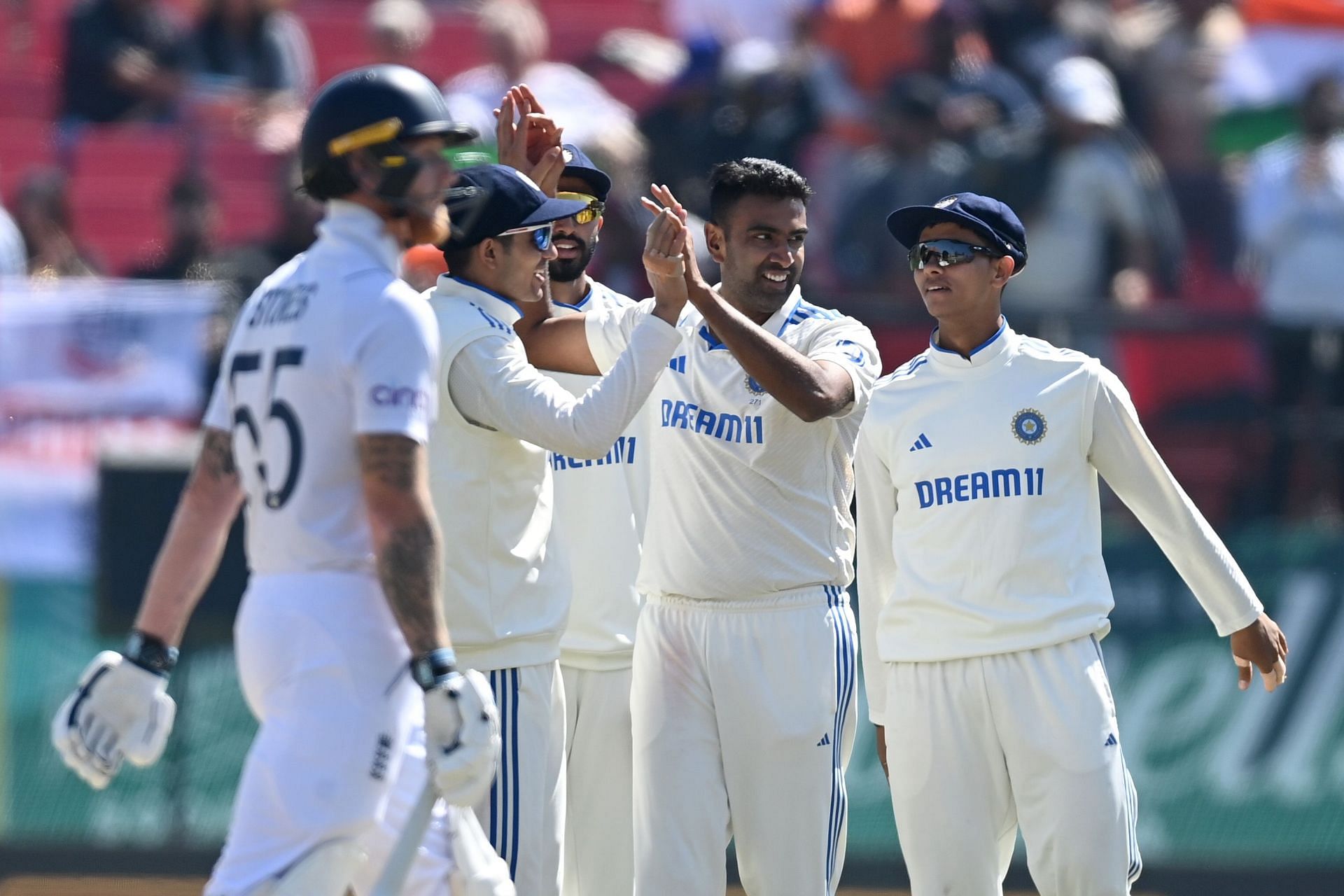
England's spinners aren't as good as India's: Former cricketer Paul Taylor on how SISGrass' hybrid pitches could help India dominate at home
Former England cricketer Paul Taylor is also the International Cricket Director of SIS, whose 'SISGrass' vertical has begun its investment in India for making hybrid cricket pitches. The first of the hybrid pitches are being installed at the HPCA Stadium in Dharamsala with The Universal Machine.
As per SISGrass' initiative, the pitch contains five percent polymer and 95 percent natural turf. The presence of polymer ensures longer durability of the pitch so that the athletes can practice without worrying about deteriorating conditions.
The ICC have permitted SISGrass to install more pitches in India for the T20 and one-day formats of the game. In an exclusive chat with Sportskeeda, Paul Taylor opened up on the various factors like how hybrid pitches could have an impact on Indian cricket if the bowlers get more help, etc.
Excerpts from a conversation between Sportskeeda & SISGrass' Paul Taylor
Q: One of the main reasons pitches in India offer grip to the spinners is the natural deterioration that occurs during games, be it white-ball or red-ball cricket. Do you think the deterioration factor will get reduced with the hybrid pitches and provide more high-scoring games?
Paul Taylor: I think whether or not it will be high-scoring will still depend on how the batters play. The fundamentals of how we install hybrid pitches are that it is still 95 percent natural turf. You're still going to get deterioration and rough areas. The ground staff will have control over how much moisture goes in so you could produce pitches that spin and that don't spin.
Q: What help can spinners expect from these surfaces? Will the possible lack of turn reduce India's advantage if used in red-ball cricket?
Paul Taylor: Spinners will get bounce on these hybrid pitches which I feel is good. What was interesting to see was the amount of turn that was recorded in the recent India vs England Test series. I am not going to be disrespectful to our England spinners, but they are not as good as the Indian spinners. I think the fact that the ball spun 4.2 degrees on average in Hyderabad brought the England spinners into the game. The average turn in the next three Tests was around 3 degrees, which negated our spinners and brought the quality of Indian spinners into the game. The fact that the ball spins more is not necessarily an asset to Indian cricket. It needs to spin but doesn't need to turn massively as it brings the opposition into the game.
Q: SISGrass plans to take their hybrid pitches next to Mumbai and Ahmedabad. Two venues that are amongst the most ideal six-hitting grounds in the country. With the hybrid pitches providing consistent pace and bounce, will the pitches become batters' friends?
Paul Taylor: Firstly I am glad to have retired from cricket rather than having to bowl to these players nowadays (laughs). The way they hit the ball is just astounding. I think the bowlers haven't particularly bowled well in this IPL, except for 3-4 bowlers. Bumrah, and Sunil Narine, are just outstanding, I think the bowlers need to think about their strategies a little bit more. I used to struggle when I used to go at 4-5 runs per over, let alone 19-20. I don't think it will change given how the game has evolved.
Q: Does a more even grass covering mean more help for the pacers on these hybrid pitches? At least with the new ball?
Paul Taylor: What the technology also encourages is more grass growth around the fibres. So you get a much better grass covering. Ultimately if you have grass covering, there's more more chances of the ball seaming around early on. Maybe the curators should leave more grass early on to aid that process. We are going to talk to the curators and train them on how to look after these pitches.
Q: What made SISGrass target India as their next destination? Has the company aligned itself with any short-term or long-term goals?
Paul Taylor: The reason we have come to India is it is the biggest cricketing market in the world. We as a company want to improve the facilities. We want to improve the game and make it accessible to more people, encouraging youngsters to play the game. If we are able to develop the game with these hybrid surfaces, then it will mean that the young players will be available quicker, making more players available and hopefully more role models available in the future. We want to install pitches on Shivaji Park in Mumbai and maybe see Sachin Tendulkar bat there once.
Q: Can hybrid pitches simulate those that India could face overseas when they tour especially in the longest format? Is SISGrass willing to work with the BCCI to form a centre of several types of hybrid pitches where the Indian players could prepare for a massive tour?
Paul Taylor: We have installed some hybrids at the ICC academy in Dubai and they have worked well in the extreme climate there and there's a similar climate here as well. We are open to discussing whatever the BCCI would need. We are here to help in whichever way possible and support however we need to support.